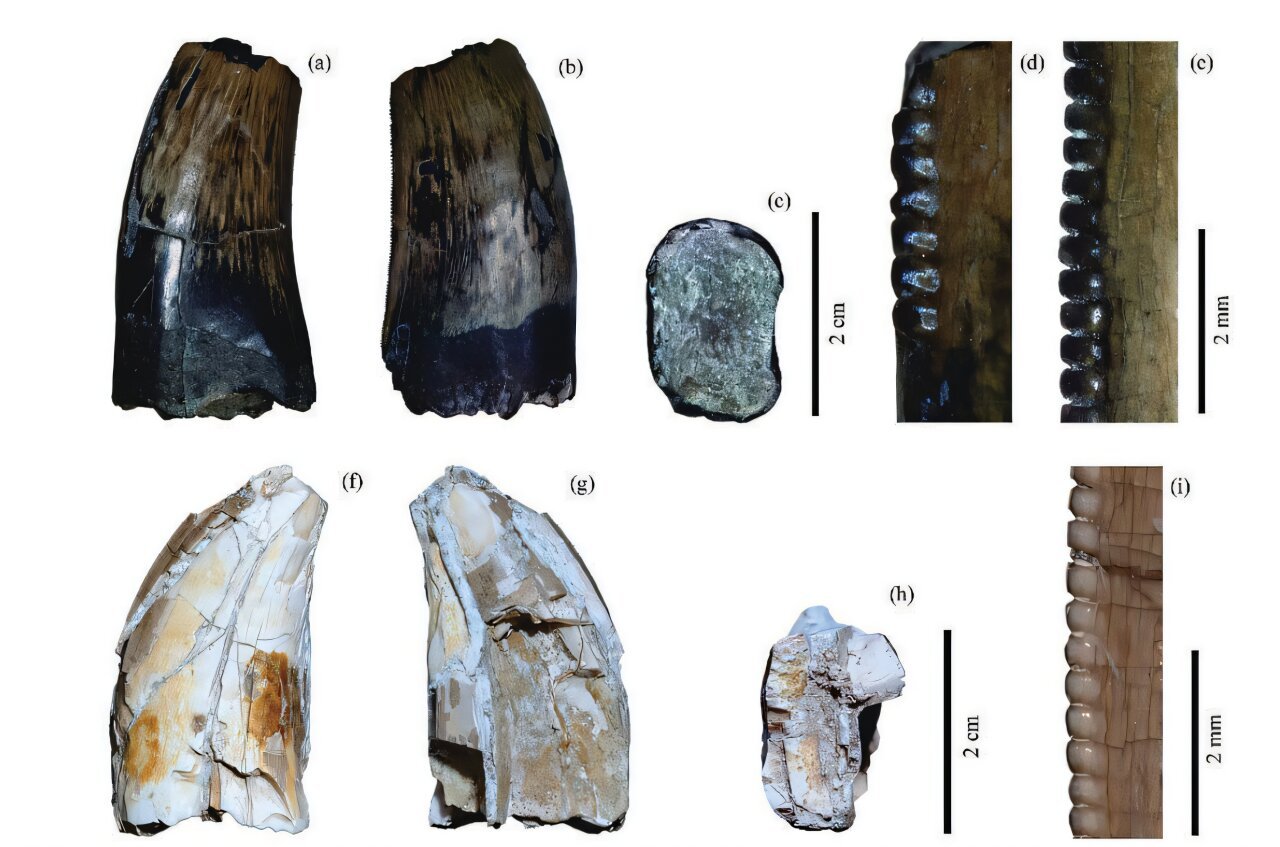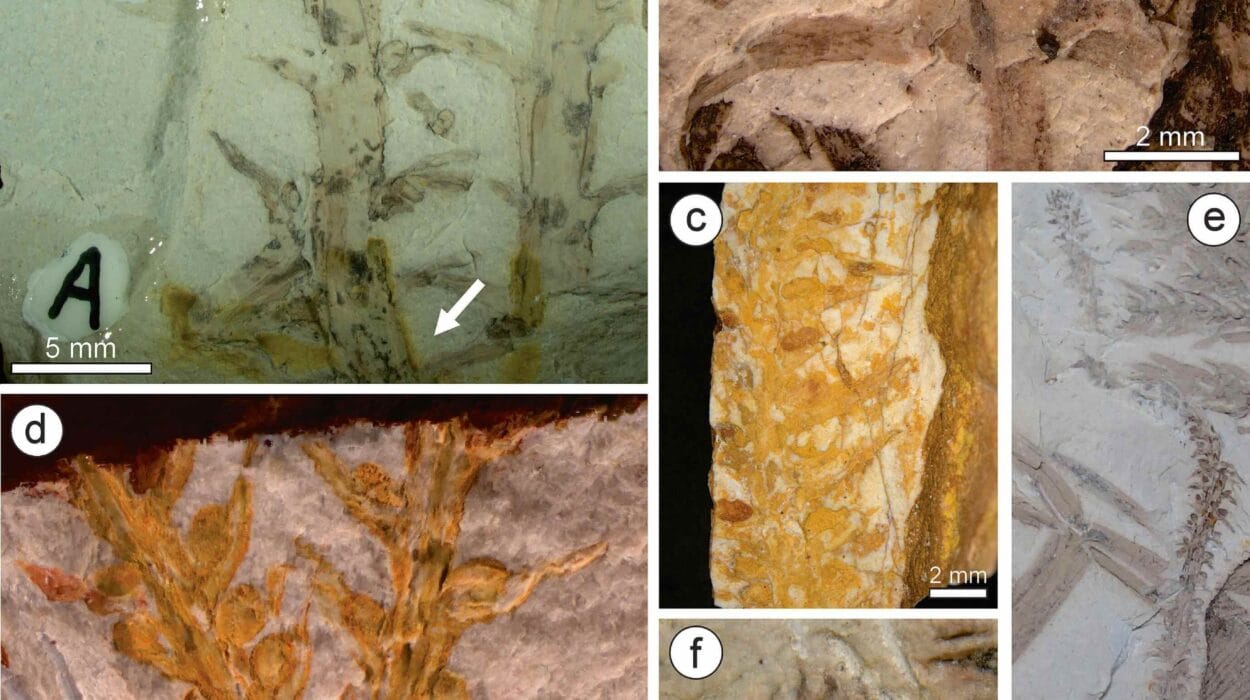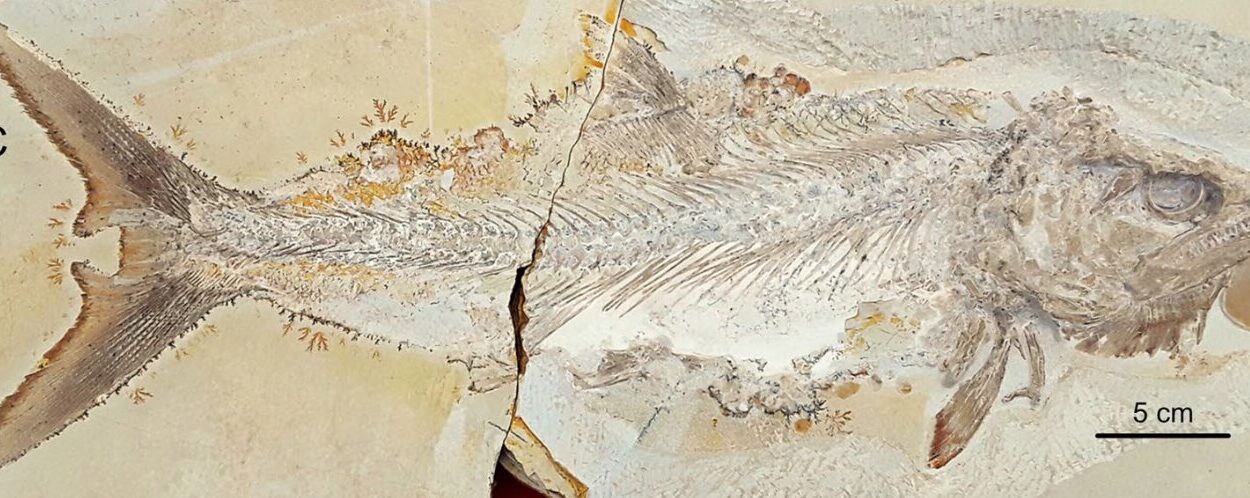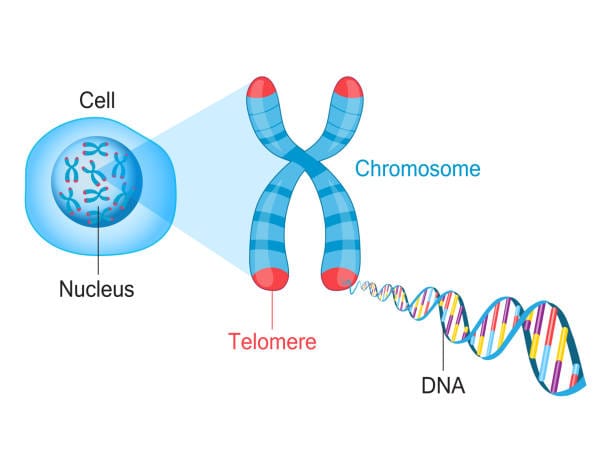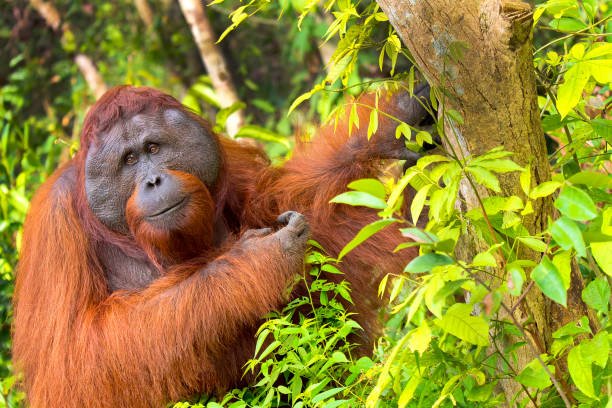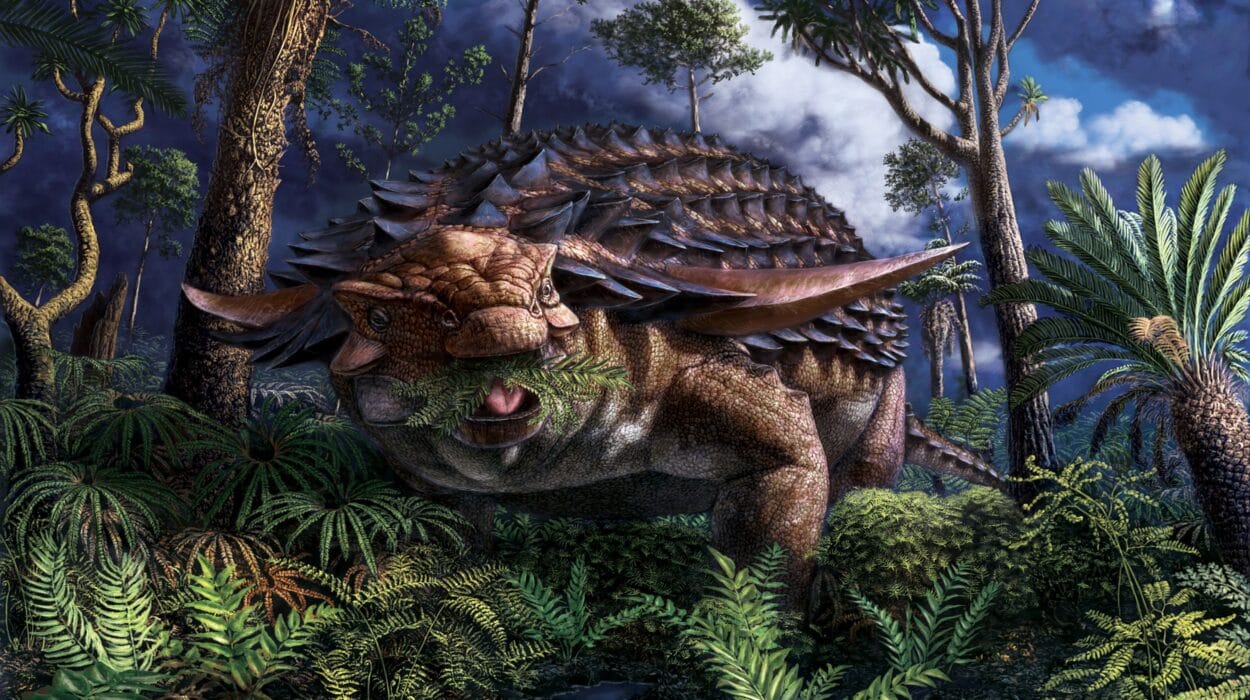In a remote stretch of northeastern China, ancient secrets have been hiding beneath layers of rock for over 80 million years. Now, paleontologists have cracked open a new chapter in Earth’s prehistoric saga. A team led by Dr. Keifeng Yu has uncovered twelve dinosaur teeth in the Upper Cretaceous Nenjiang Formation, each a fossilized whisper from a time when giants walked the land. Published in Acta Geologica Sinica, this discovery is more than a catalog of ancient dental records—it’s a breakthrough that reshapes the known paleogeography of East Asia’s dinosaur fauna and raises new questions about their evolution, migration, and diversity.
The Significance of the Songliao Basin
The Songliao Basin isn’t just a geological curiosity—it’s one of East Asia’s largest continental sedimentary basins from the Late Mesozoic. Encompassing much of what is now northeastern China, the basin is a treasure trove of ancient sediments, offering a continuous window into the Cretaceous period. And yet, despite its size and geological importance, the record of dinosaur fossils from this basin has long been puzzlingly sparse.
Dr. Wenhao Wu, one of the scientists involved in the study, elaborates on the challenge:
“Although the Songliao Basin preserves a nearly unbroken stratigraphic sequence from the Late Cretaceous, actual dinosaur fossils—especially those from later in the period—are rare. Most previously discovered fossils come from the lower Upper Cretaceous Quantou Formation. That leaves a major gap in our understanding of the basin’s later biological history.”
Why the scarcity? That’s a question scientists have debated for years. But Wu and his colleagues believe the answers may lie buried in the sediment. These new fossil finds, though small, suggest the basin may have far more to offer than previously assumed.
Tiny Teeth, Massive Implications
The fossils discovered aren’t full skeletons—they’re teeth, isolated and scattered in a surprisingly thin layer of sediment just 10 centimeters thick. But don’t let their size fool you. Each of these teeth carries invaluable information about the Cretaceous ecosystem that once thrived here.
Out of the twelve teeth unearthed, paleontologists were able to categorize them into five distinct dinosaur groups: tyrannosaurids, dromaeosaurines, velociraptorines, hadrosauroids, and titanosaurs. While some of these groups have been previously identified in the region, three are entirely new to the Songliao fossil record. Their discovery not only expands the known range of these dinosaurs but also hints at the existence of undocumented species roaming this ancient landscape.
The Carnivores: Tyrants and Raptors
Among the dozen teeth, four belonged to theropods—the classic meat-eaters of the Mesozoic. Two of these teeth were unmistakably tyrannosaurid. With their thick, banana-shaped form and robust denticles—chisel-like ridges on the cutting edges—they are textbook examples of the powerful bite machines that once ruled the food chain.
Even more intriguing were the other two carnivorous teeth. One was identified as belonging to a dromaeosaurine, the swift, agile hunters often depicted as “raptors” in popular culture. The other was velociraptorine—a rarer subfamily of dromaeosaurids. These finds are remarkable not just for their classification, but for their geography.
The dromaeosaurid tooth, found at Nenjiang Bei’an, is located over 500 kilometers northeast of previously known raptor finds in China. This significantly extends the known range of these creatures and suggests they were far more widespread than previously thought. Meanwhile, the velociraptorine tooth is the first of its kind discovered in the Nenjiang Formation—an exciting first that may point to untapped fossil deposits still buried beneath the basin.
The Gentle Giants: Sauropods in an Unexpected Place
If the carnivorous teeth were rare, the herbivorous ones were more plentiful. Most notably, three of the teeth belonged to titanosaurs—a subgroup of sauropods known for their massive size, long necks, and whip-like tails.
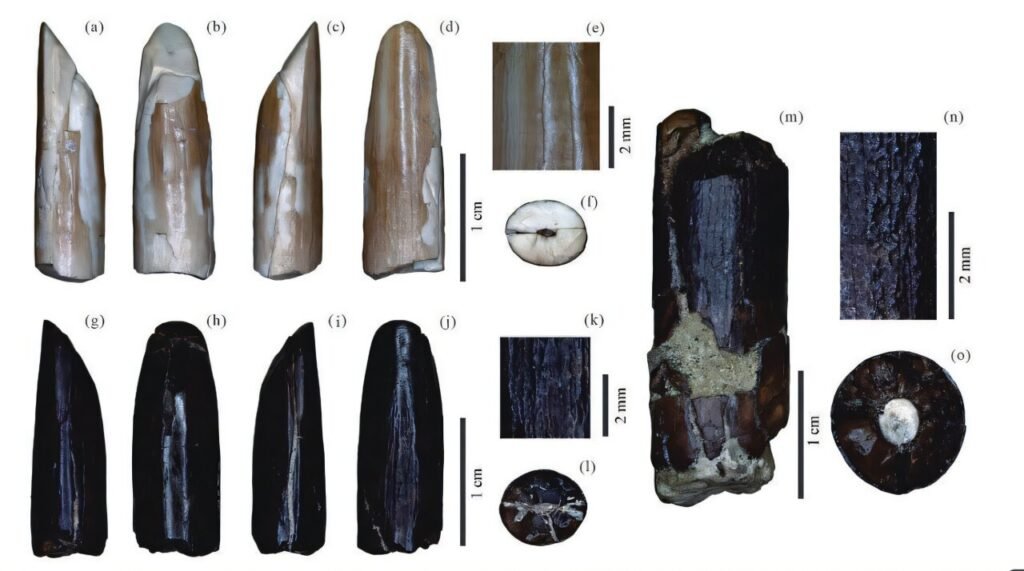
What makes this discovery special isn’t just the identification of titanosaurs, but where they were found. Titanosaurs have typically been associated with warmer, lower-latitude environments. Their appearance in the relatively high-altitude Songliao Basin is unexpected and could rewrite our understanding of their climate adaptability.
These are the first titanosaur teeth found in the Nenjiang Formation, and more broadly, they represent the northernmost discovery of titanosaurs from the Campanian stage of the Late Cretaceous. It raises fascinating questions: Were these titanosaurs seasonal migrants? Did they adapt to cooler climates more effectively than previously thought?
The Plant Eaters: Hadrosauroids with a Past
The final five teeth unearthed belonged to hadrosauroids, the ancestors and cousins of the better-known duck-billed hadrosaurs. These herbivores were once among the most diverse and widespread dinosaur groups during the Late Cretaceous, especially in Laurasia (the northern supercontinent that included modern-day Asia and North America).
What sets these teeth apart is their dental simplicity. Hadrosaurids evolved increasingly complex dental structures to process tough vegetation, but the specimens found in this study reflect earlier forms—non-hadrosaurid hadrosauroids.
These ancient grazers featured narrower tooth crowns, centrally placed ridges, and just one or two accessory ridges—primitive characteristics that differentiate them from their later, more advanced descendants. What’s more, non-hadrosaurid hadrosauroids had never before been identified in the Songliao Basin, making this find a first of its kind.
This discovery may fill a crucial gap in our understanding of how these dinosaurs evolved and adapted as environmental pressures increased toward the end of the Cretaceous.
Paleogeographic Implications
Perhaps the most compelling aspect of this study lies in how it reshapes the map of dinosaur distribution in Late Cretaceous Asia. The finds from the Nenjiang Formation significantly extend the known range of several key taxa, particularly dromaeosaurids, velociraptorines, and titanosaurs.
This has broad implications for paleogeography. For example, it challenges prior assumptions about faunal provinciality—the idea that different regions had distinct dinosaur populations. Instead, it suggests that certain dinosaur groups, especially the more mobile or adaptable ones, may have had far wider ranges than previously documented.
Such distribution data also plays into larger questions about how continental drift, changing climates, and ecological pressures shaped the evolution and migration of these species.
Limitations and Future Prospects
Tooth fossils, while informative, come with limitations. Unlike mammalian teeth, which can be highly specific to genus or species, dinosaur teeth often share similar shapes across families and genera. This makes exact identification difficult, especially when dealing with isolated specimens.
As Dr. Wu points out:
“With dinosaurs, especially carnivores, teeth alone can seldom tell us exactly which species they belonged to. Their morphology is simpler and often overlaps across taxa. Still, with careful comparative analysis, we can reliably place them into broader groups.”
Despite these challenges, the study offers tantalizing leads. If just twelve teeth in a 10 cm layer can reveal this much, what more lies buried deeper in the Songliao Basin?
A Glimpse Into a Vanished World
The discovery by Keifeng Yu, Wenhao Wu, and their colleagues is not just a story of teeth—it’s a story of ancient life, forgotten ecosystems, and the ever-evolving science of paleontology. It reminds us that even the smallest fragments—a fossilized tooth, a shard of bone—can open a window into an Earth long gone.
In the coming years, further exploration of the Songliao Basin may unearth full skeletons, new species, and deeper insights into the dynamics of prehistoric ecosystems. For now, these teeth serve as powerful symbols: remnants of creatures that once thundered through the forests and plains of Late Cretaceous Asia, now roaring once again through the pages of scientific discovery.
Reference: Kaifeng Yu et al, New Dinosaur Teeth from the Upper Cretaceous Nenjiang Formation in Songliao Basin, Northeast China, Acta Geologica Sinica – English Edition (2025). DOI: 10.1111/1755-6724.15288
